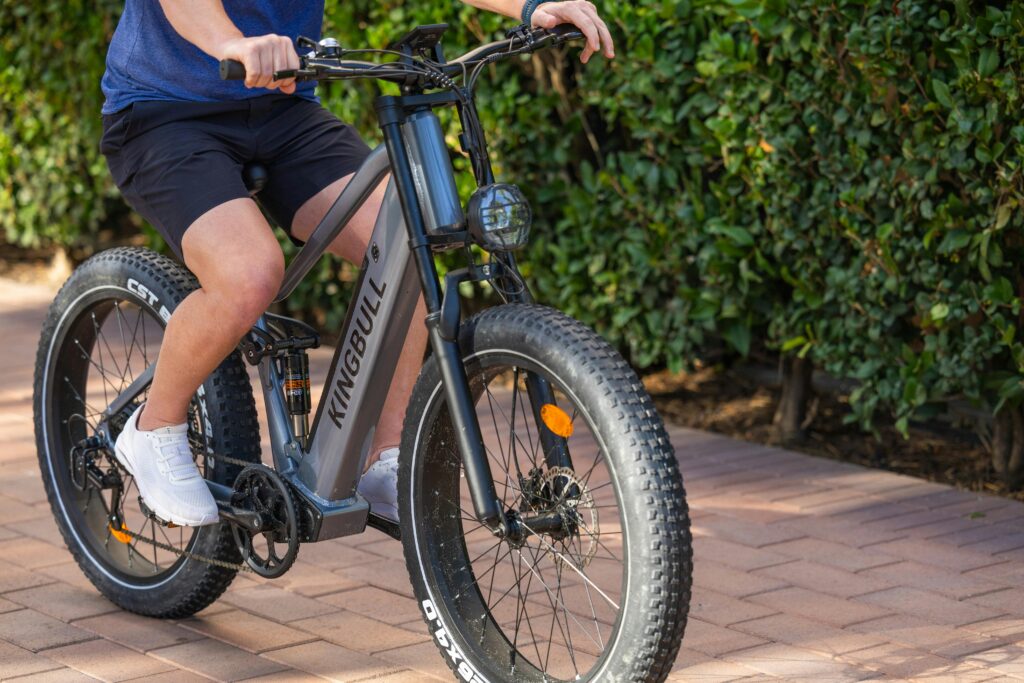Are you looking to enhance your electric biking experience by removing the speed limiter? In this guide, we’ll explore how to remove speed limiter on electric bike, providing riders with the necessary insights.
Speed limiters are factory-installed mechanisms designed to restrict the maximum speed of electric bikes, usually ranging from 20 to 28 mph (32 to 45 km/h). While these limiters are intended to promote safety, some riders may wish to exceed these limitations for various reasons.
In this guide, we’ll discuss reasons to remove speed limiters and provide step-by-step instructions for safely doing so on your electric bike. Understanding this process will help you make informed decisions about customizing your electric bike to better suit your needs and preferences.
So, let’s get started and learn how to remove speed limiter on electric bike.
What Is a Speed Limiter and How Does it Work?
A speed limiter on an electric bike is a device or electronic setting that caps the maximum speed the bicycle can reach, typically to comply with local laws. Installed by manufacturers, it ensures that e-bikes do not exceed legal speed thresholds, which vary by country.
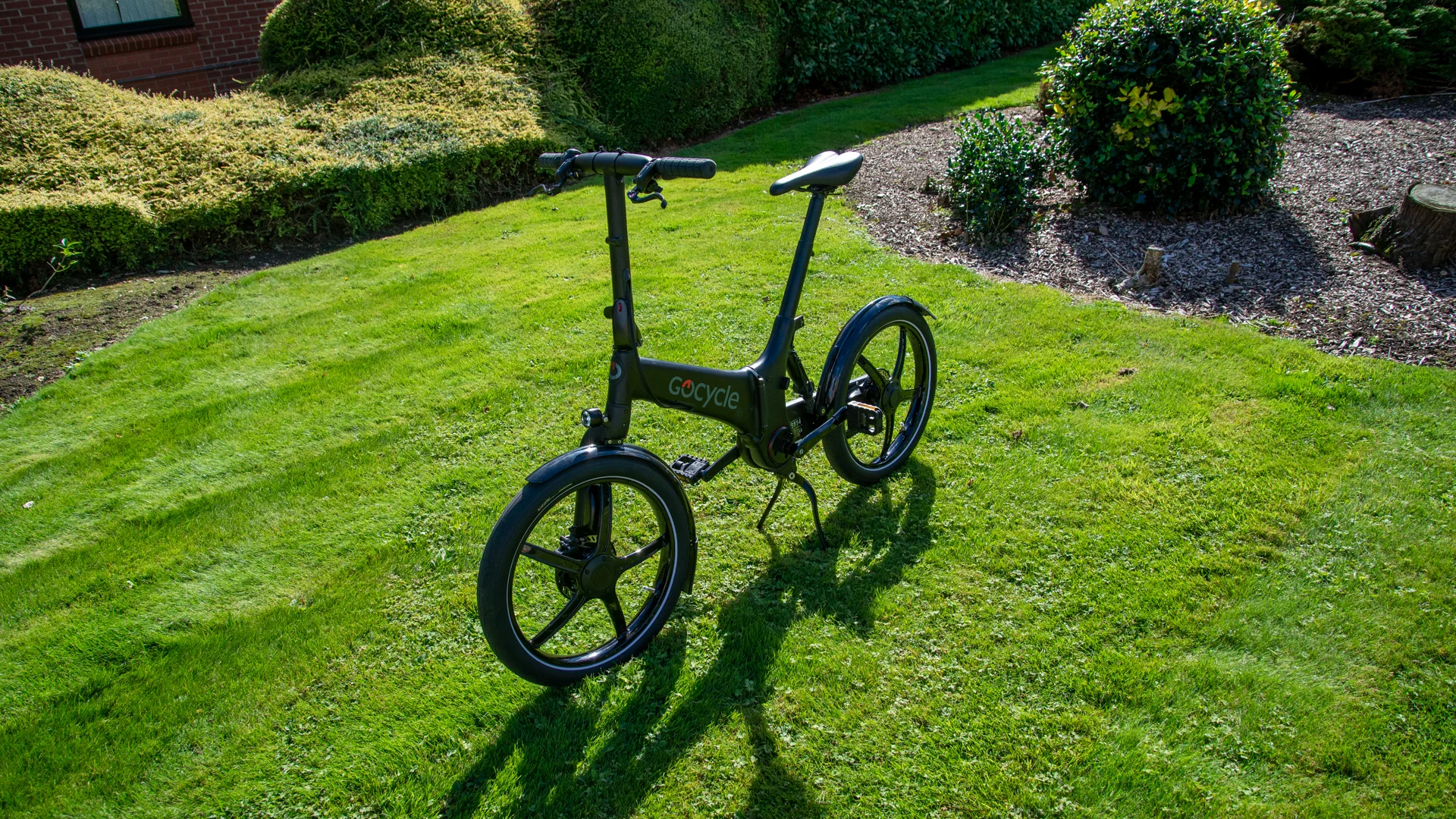
For instance, in the European Union, the limit is 25 km/h, while in the US, it can go up to 32 km/h, depending on the state. These regulations aim to maintain safety on public roads and paths, classifying e-bikes similarly to traditional bicycles and distinguishing them from motor vehicles.
Understanding these limits is crucial for riders who are considering modifications to their e-bikes, as altering the speed limiter can affect the legal status of the bicycle and the rider’s adherence to local traffic laws.
What Is De-restricting? Can You Derestrict an Electric Bike?
De-restricting an e-bike refers to modifying it to remove the manufacturer’s preset speed limitations, allowing the bicycle to operate at its full capacity. This process, while straightforward for those with a bit of technical know-how, involves adjusting the e-bike’s settings or components that control its speed.
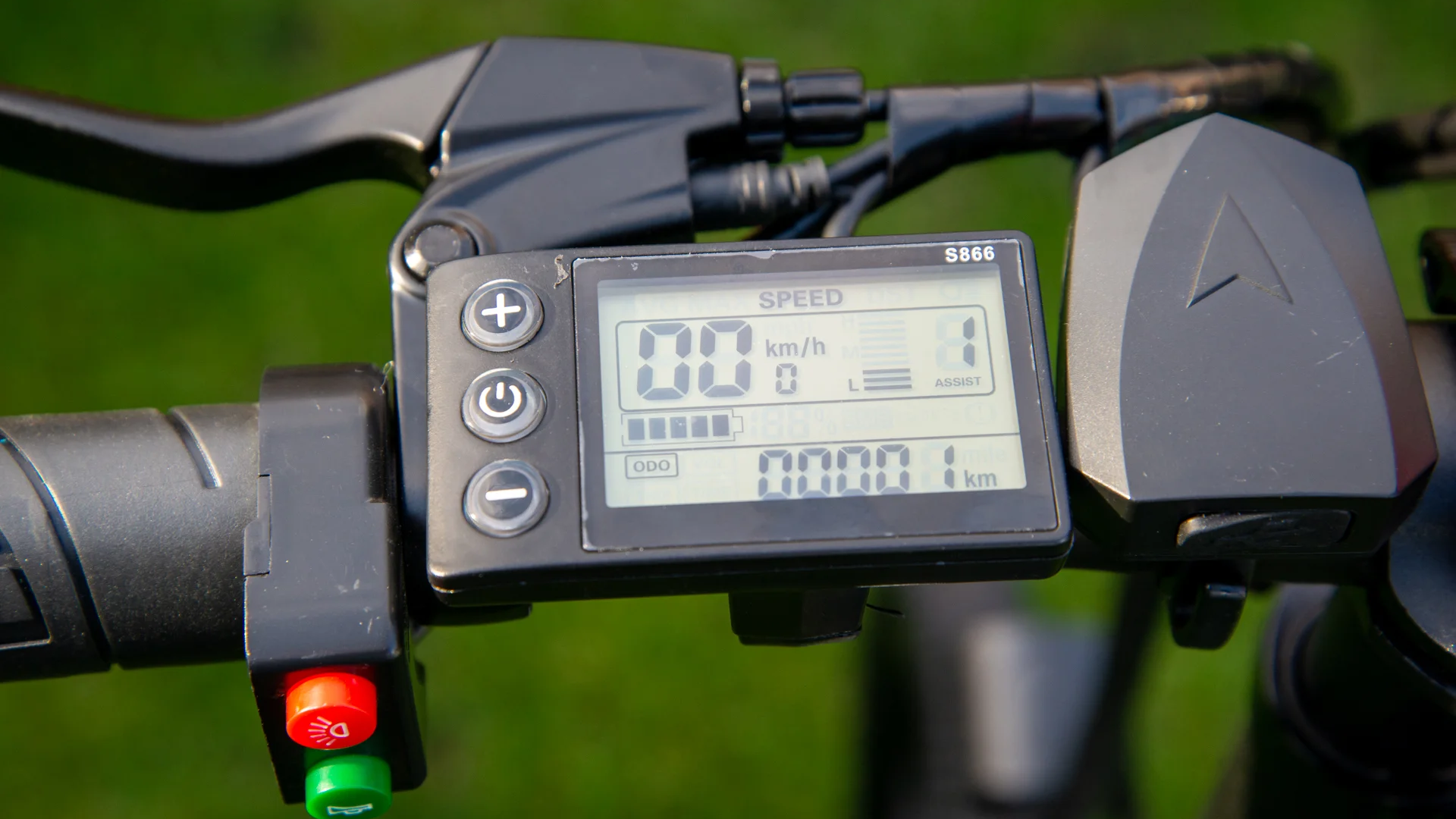
It’s a task that many e-bike owners undertake to enhance their riding experience, as it enables the bicycle to reach speeds beyond the standard legal limits. However, it’s important to note that while de-restricting is doable by most, it should be approached with caution.
It requires a careful understanding of both the e-bike’s mechanics and the legal implications, as altering the bike’s speed capability can change its legal classification and may not be permissible in certain areas.
Required Tools
Before beginning, make sure you have all the needed tools. Having them ready boosts confidence, ensuring you can complete the task safely and effectively. This preparation is key to achieving the best results in any technical task.
You must have the following tools:
- Pliers
- Multimeter
- Wire Cutters
- Screwdrivers
- Shrink Tubing
- Electrical Tape
- Flashlight or Headlamp
- Set of Torque Wrenches
How to Remove Speed Limiter on Electric Bike?
When modifying an electric bicycle to remove the speed limiter, safety is paramount. Begin by donning protective gear and disconnecting the battery to prevent any electrical hazards. The speed limiter can typically be found in the bike’s controller system; however, its exact location may vary across models.
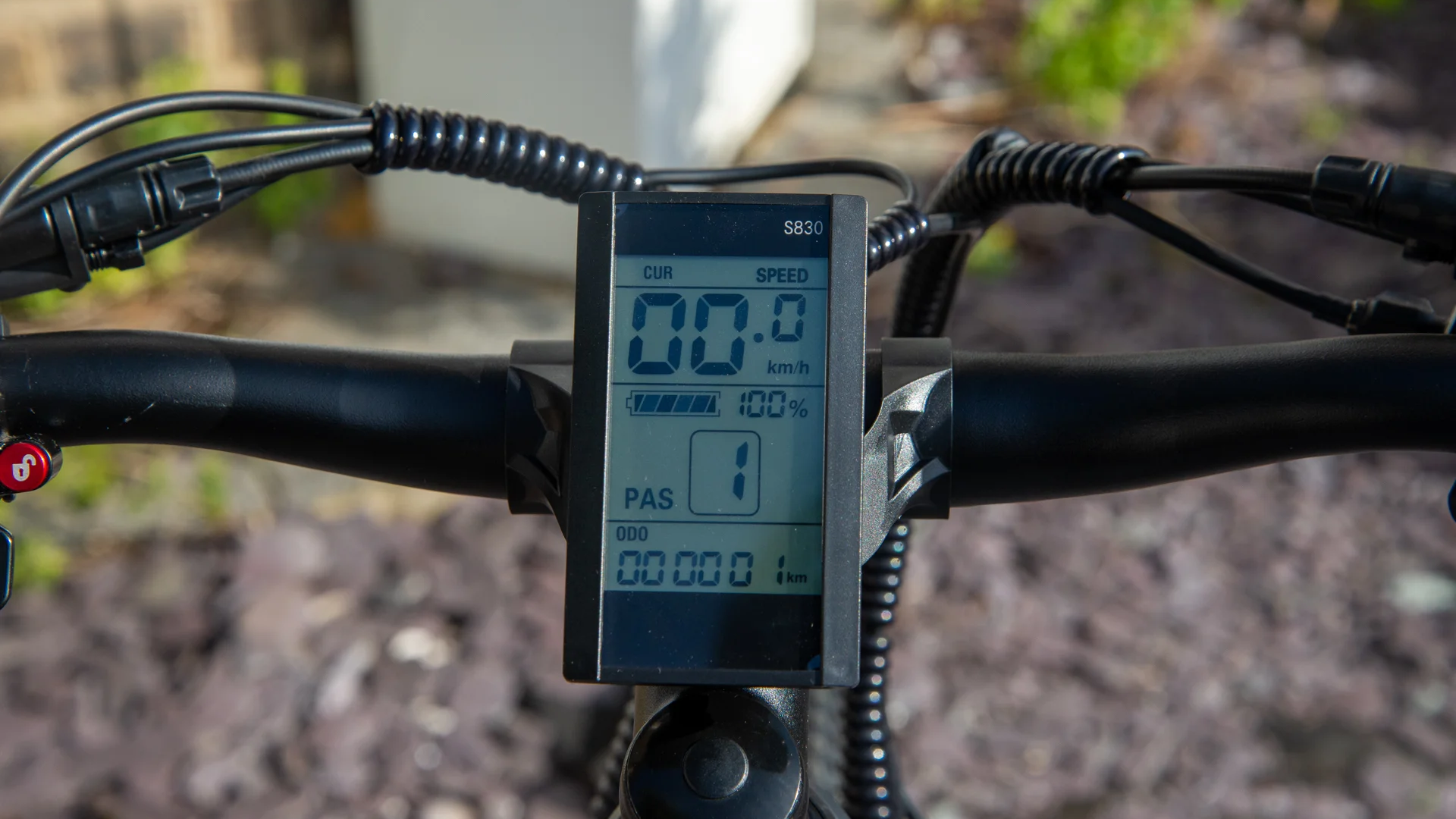
Consult the manufacturer’s manual to pinpoint its position. Once located, the limiter can be disconnected or bypassed. This involves carefully detaching the wires connected to the limiter and possibly bridging them to maintain circuit continuity.
While wiring diagrams can aid in this process, they are model-specific and should be referenced from the bike’s documentation. It’s essential to proceed with meticulous attention to detail, as improper handling could damage the bike’s electrical system or compromise safety.
Reconnect the battery and test the bicycle in a secure area to ensure the modification was successful. Remember, altering your e-bike’s speed limiter may affect its warranty and legality on public roads. Always check local regulations before proceeding with such modifications.
Testing the Modified E-Bike
After modifying your e-bike to remove the speed limiter, testing it is essential to ensure everything functions correctly. Start in a controlled environment, like an empty parking lot, where you can safely assess the bike’s performance.
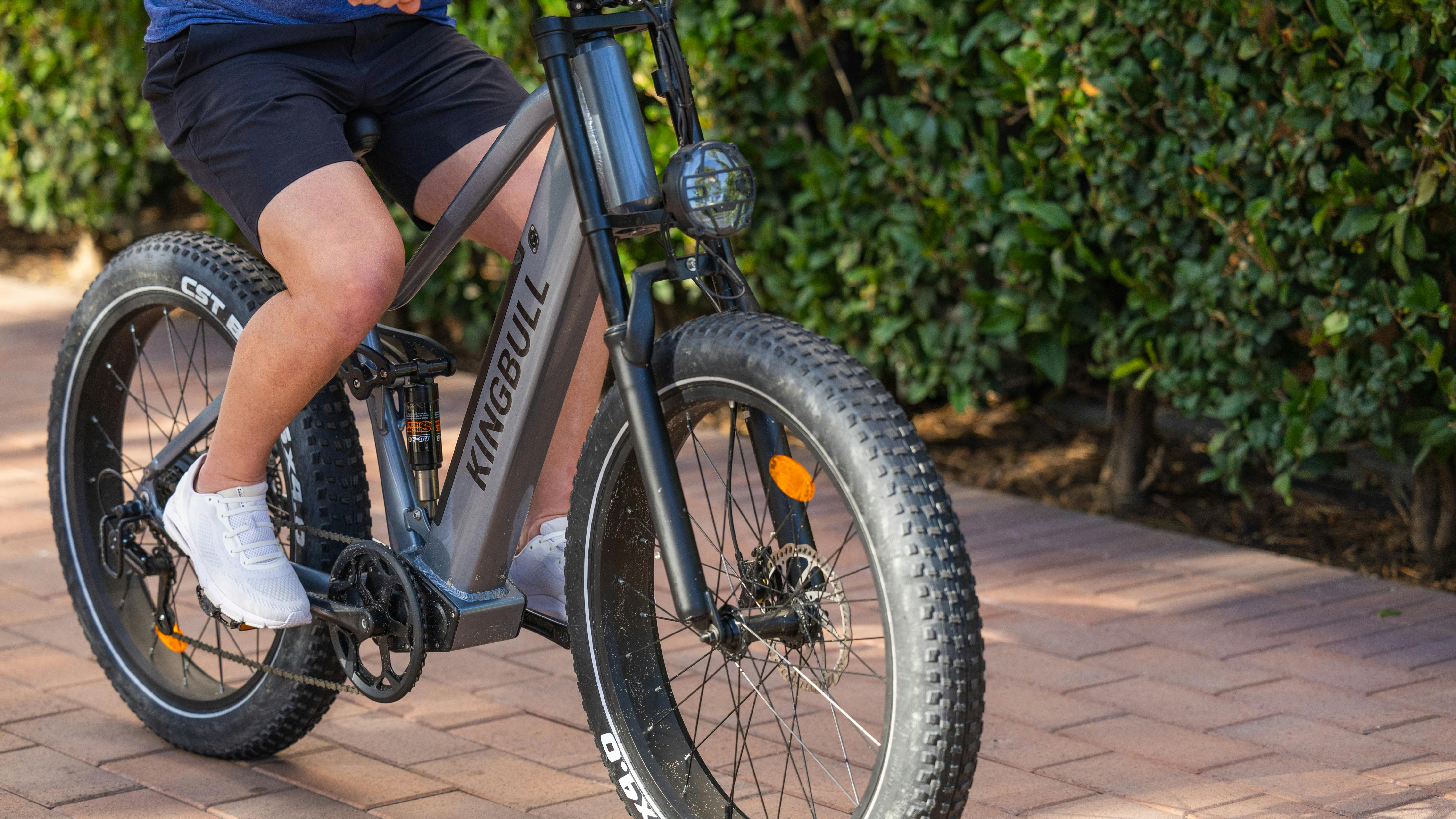
Wear a helmet, gloves, and appropriate safety gear. Begin with gentle acceleration, gradually increasing speed to observe the bike’s response. Pay attention to any unusual noises or vibrations, which could indicate a need for adjustments.
Test the brakes at various speeds to ensure they’re capable of handling the bike’s new capabilities. If possible, have a spotter or friend monitor from a distance to provide a second perspective on the bike’s operation.
Finally, remember that with increased speed comes increased risk, so ride responsibly and within your abilities. Testing your modified e-bike carefully will help you enjoy its enhanced performance while staying safe.
Reasons to Remove the Speed Limiter
Removing the speed limiter from an e-bicycle can significantly enhance the riding experience for enthusiasts. It allows cyclists to access the full potential of their electric bikes, leading to increased speed and improved performance.
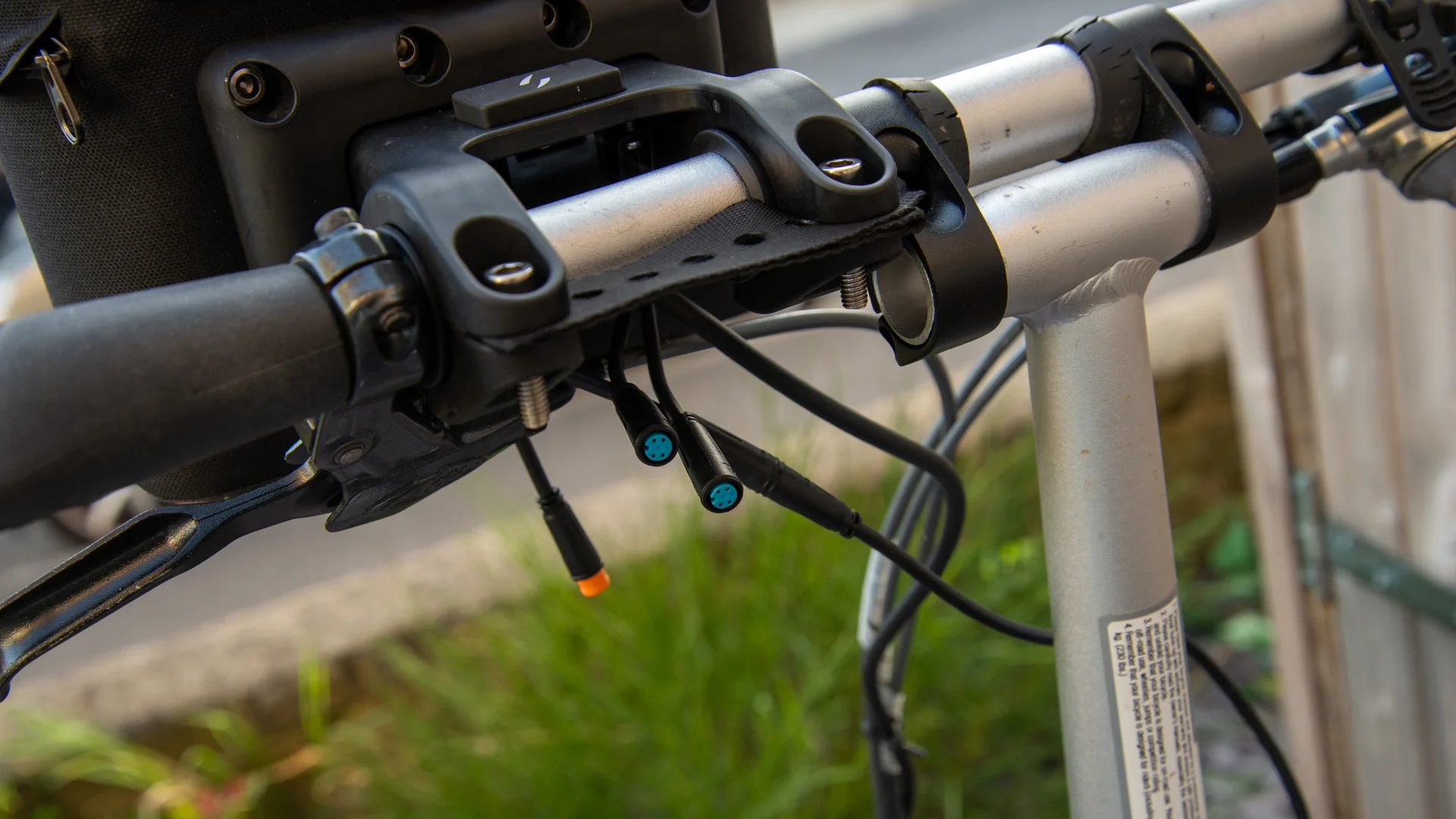
This adjustment can be particularly beneficial for those who use their e-bikes in off-road conditions or private properties where legal restrictions do not apply. By doing so, riders can enjoy a more thrilling ride and the ability to cover longer distances in shorter periods.
Moreover, it can also be advantageous for competitive cyclists who participate in races that permit higher speeds. However, it’s essential to consider the safety implications and ensure that the bike’s other components are capable of handling the increased performance.
Safety Considerations
When considering the removal of a speed limiter from an e-bike, safety must be the paramount concern. This modification can lead to higher speeds, which may increase the risk of accidents and injuries.

It’s crucial to understand that tampering with the speed limiter can void warranties and may contravene local traffic regulations, potentially resulting in legal consequences. Before proceeding with any changes, it is imperative to consult the prevailing laws and regulations in your region to ensure compliance.
Additionally, it’s advisable to assess whether the e-bike’s brakes, frame, and tires can handle the increased performance to maintain safety. Remember, the thrill of speed should never compromise personal safety or legal standards.
Always prioritize informed decision-making and responsible riding practices.
Legal Considerations
Understanding the legal implications of modifying an e-bicycle is crucial. While enhanced performance can offer thrilling experiences, it’s vital to acknowledge that such modifications may impact the legal standing of your vehicle.
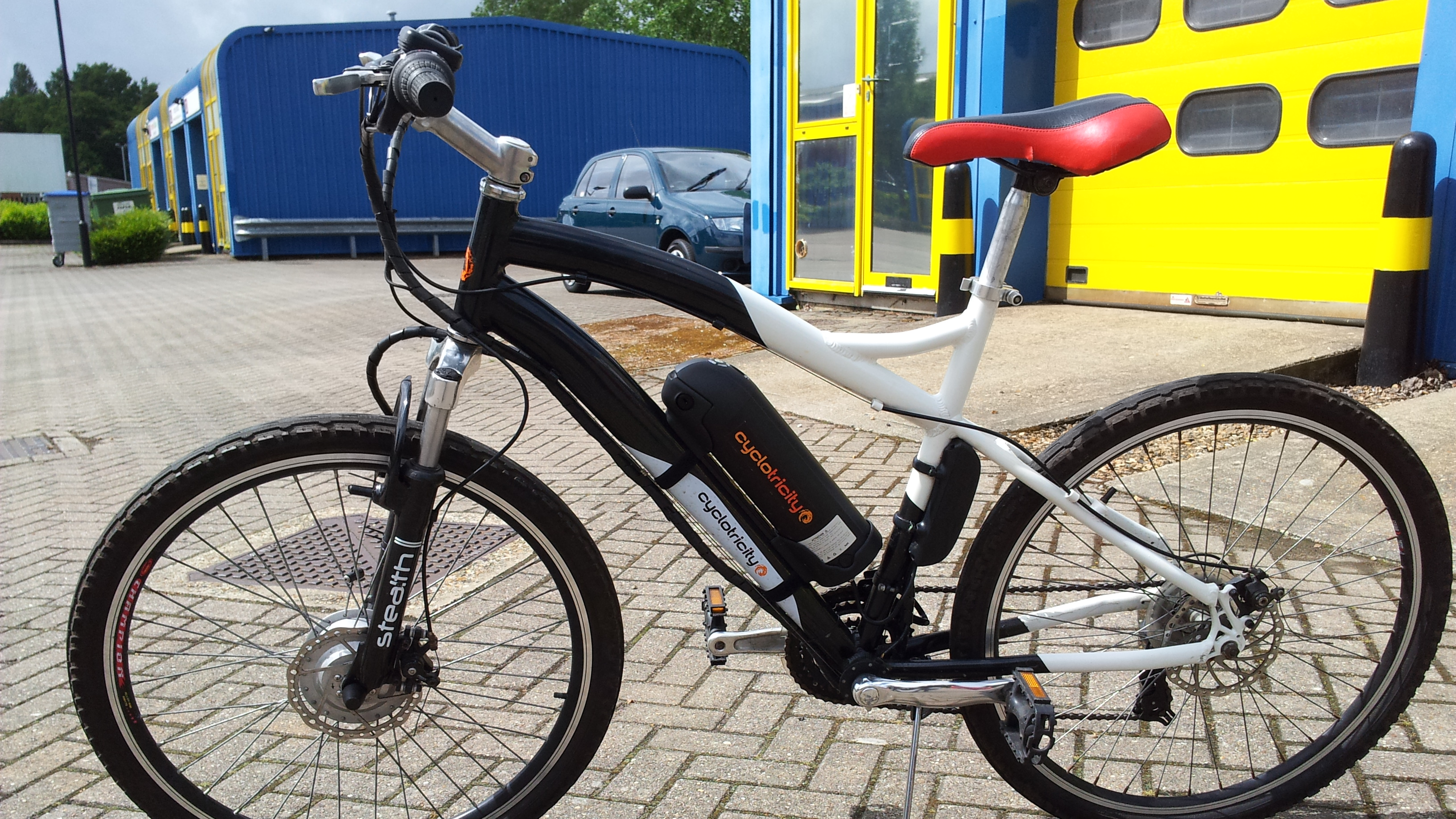
Many regions have specific regulations governing the use of e-bikes, including speed limits and equipment standards. Exceeding these limits or failing to comply with standards can result in fines, confiscation, or even legal charges.
Therefore, it’s imperative to research and understand the laws in your area. Always prioritize safety and respect traffic rules to ensure not only your well-being but also that of others on the road.
By adhering to local regulations and riding responsibly, cyclists can enjoy the benefits of their modified e-bikes without negative legal repercussions. This approach maintains the spirit of innovation while fostering a safe and lawful cycling environment.
Troubleshooting Common Issues
After learning how to remove the speed limiter on an electric bike, you should know how to resolve issues such as difficulty locating the device or handling delicate wiring. To avoid complications, first ensure you have the correct model-specific manual, which will guide you to the limiter’s location.
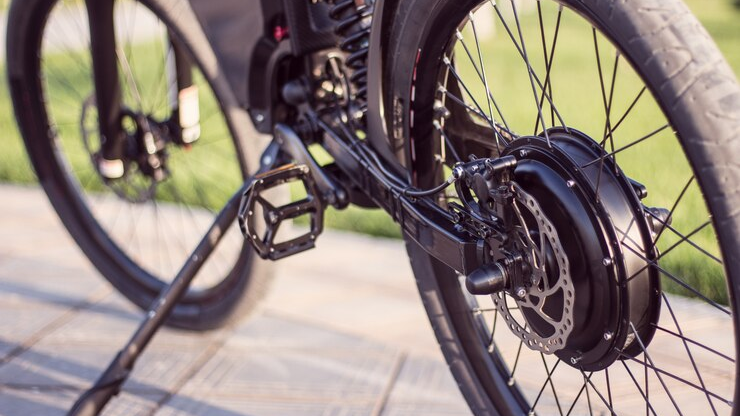
If wires are complex, label them before disconnection to simplify reassembly. Should the e-bike not perform post-removal, check all connections and ensure no wires are damaged. It’s also helpful to have a troubleshooting guide specific to your e-bicycle model.
For a smooth process, keep your workspace organized, use the right tools, and take your time. Patience and precision are your allies in achieving a successful modification. Remember, if you’re ever in doubt, consult with a professional to prevent damage to your e-bike or voiding its warranty.
By following these tips, you can navigate common pitfalls and enjoy the enhanced performance of your e-bike.
Conclusion
Removing the speed limiter on an electric bicycle can enhance your riding experience, offering greater speed and flexibility. However, it’s crucial to remember that this modification should be approached with caution.
This blog post has outlined the steps on how to remove speed limiter on electric bike and the considerations involved in this process, emphasizing the need for adherence to local laws and regulations.
Prioritizing safety and responsible riding ensures not only your well-being but also that of others on the road. By following these guidelines, riders can enjoy the full potential of their electric bikes while maintaining a safe and legal riding environment.
FAQs
For Bosch e-bikes, access the ‘Walk’ mode to adjust the speed limit settings.
On Bafang motors, modify controller settings or change the Pedal Assist page’s third setting.
E-bicycle safety limits vary; exceeding 15.5mph on public roads may be illegal.
To slow down an e-bike, adjust the throttle control or modify the Pedal Assist System (PAS) settings.

